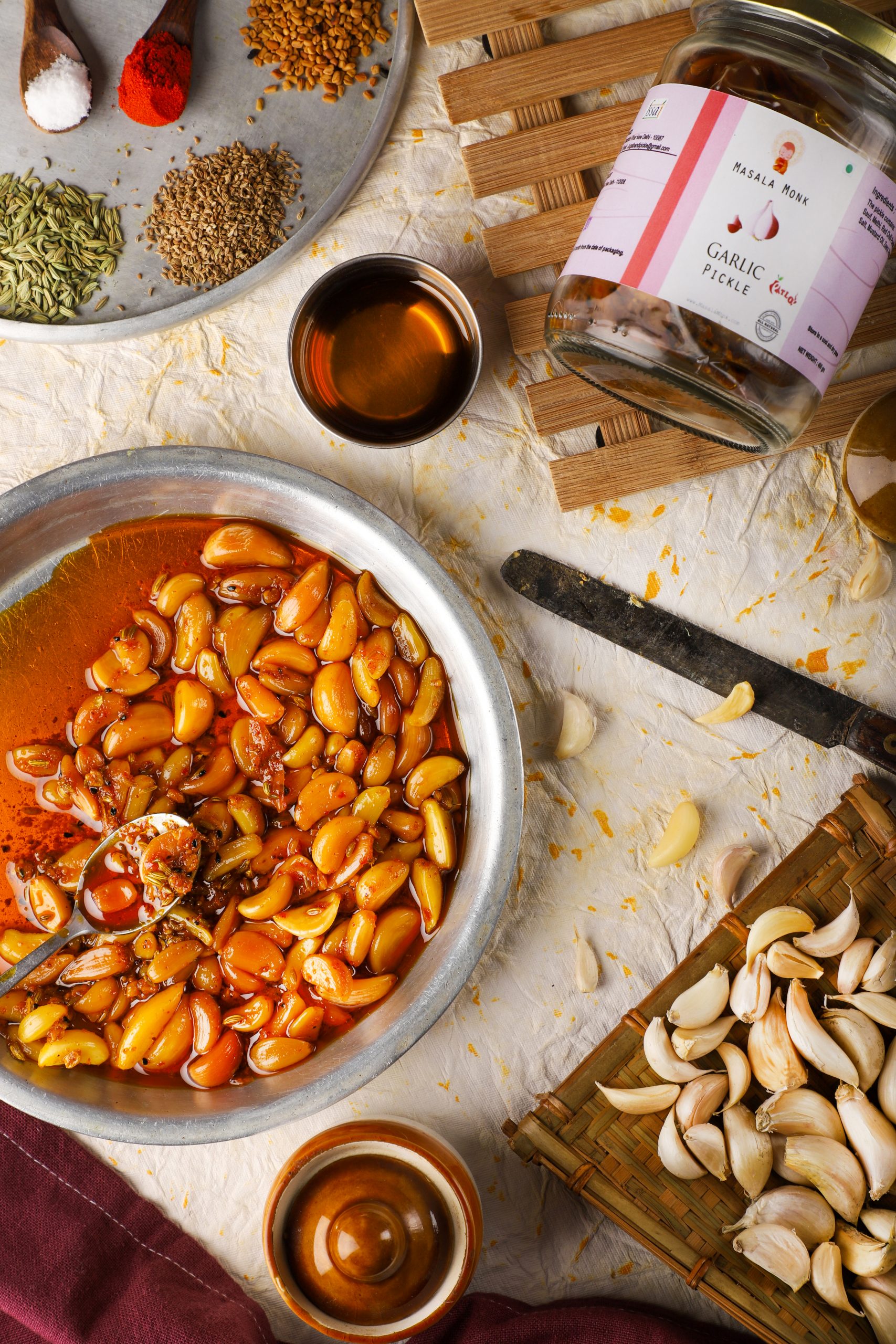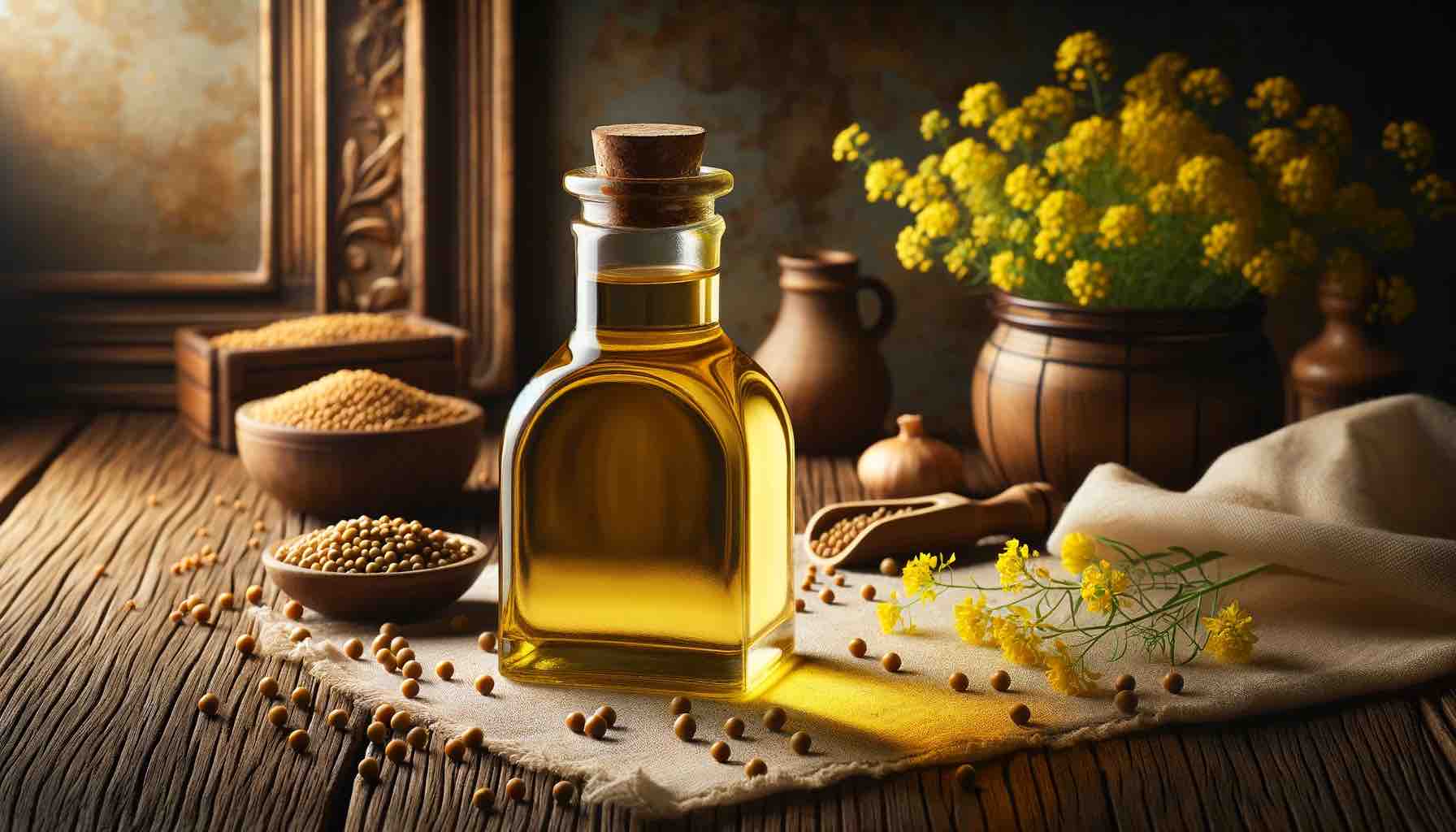
Welcome to the world of Basmati rice, a culinary staple renowned not just for its enticing aroma and delicate flavor, but also for its remarkable nutritional profile. In this comprehensive guide, we’ll delve into the essential nutritional facts of Basmati rice, exploring its macronutrient composition, caloric content, and the essential vitamins and minerals it offers. Furthermore, we’ll analyze its glycemic index, a crucial factor for those managing blood sugar levels. Whether you’re a health enthusiast, a culinary expert, or simply a rice lover, this article promises to enhance your understanding and appreciation of Basmati rice. Join us as we unfold the secrets behind this beloved grain’s health benefits, ensuring you’re well-equipped to make informed dietary choices. Let’s embark on this flavorful and nutritious journey!
2. Nutritional Profile of Basmati Rice: In-Depth Analysis
Basmati rice, a staple in many cuisines worldwide, is not just celebrated for its aromatic fragrance and fluffy texture but also for its nutritional qualities. Understanding these nutritional facts is key to incorporating this grain effectively into your diet. Here’s a detailed look at what Basmati rice offers:
Macronutrient Breakdown (per 100g uncooked Basmati rice):
- Carbohydrates: Ranging from 75 to 80 grams, Basmati rice is predominantly a carbohydrate source. These complex carbohydrates provide a steady release of energy, making it an ideal choice for sustained fuel throughout the day.
- Protein: It contains about 7 to 8 grams of protein. Though not as protein-rich as legumes or meats, it still contributes essential amino acids to your diet.
- Fats: Remarkably low in fats, with only about 0.5 to 1 gram per 100 grams. The low fat content makes it an excellent option for those monitoring their fat intake for heart health or weight management.
Fiber Content:
- Brown Basmati Rice: The fiber content is higher, around 3 to 4 grams per 100 grams. The intact bran layer in brown Basmati rice not only provides dietary fiber, which aids in digestion and prolongs satiety, but also contains important B-vitamins and trace minerals.
- White Basmati Rice: Contains less fiber, typically around 1 to 2 grams per 100 grams, due to the milling process removing the bran layer.
Vitamins and Minerals:
- Micronutrient Rich: Basmati rice includes several essential micronutrients. It’s a source of B-vitamins like thiamine and niacin, which are crucial for energy production and maintaining proper nerve function. Minerals such as selenium, important for immune function and thyroid health, and magnesium, necessary for bone health and muscle function, are also present.
Caloric Content:
- White Basmati Rice: Offers around 350-360 calories per 100 grams. Its high caloric content provides energy, making it an essential staple for active individuals.
- Brown Basmati Rice: Has a slightly higher caloric count, about 370-380 calories per 100 grams, attributed to the additional fiber and nutrients.
Glycemic Index (GI):
- Lower GI: Basmati rice boasts a glycemic index of between 50 and 58, which is lower compared to other white rice varieties. This means it has a lesser impact on blood sugar levels, making it a more favorable option for those with blood sugar sensitivities, including diabetics.
The nutritional profile of Basmati rice positions it as a versatile and healthful grain. Its balance of macronutrients, coupled with vital micronutrients and a lower glycemic index, makes it an excellent dietary choice. Whether you’re looking to manage your weight, maintain steady energy levels, or simply enjoy a delicious and nutritious meal, Basmati rice can be a valuable addition to your diet.
3. Glycemic Index of Basmati Rice: A Critical Analysis
The Glycemic Index (GI) is a valuable tool for understanding how foods affect blood sugar levels. Basmati rice, known for its lower GI, stands out amongst various rice varieties.
- GI Explained: The GI measures how quickly a food raises blood glucose levels. Foods with a high GI are quickly digested and absorbed, causing a rapid rise in blood sugar, while low GI foods have a slower and smaller impact.
- Basmati Rice GI: Basmati rice’s GI ranges between 50 and 58, categorizing it as a low to medium GI food. This makes it a preferable option for those managing blood sugar levels, like individuals with diabetes, as it leads to a more gradual increase in blood glucose and insulin levels.
- Comparison with Other Rice Varieties: When compared to other common rice varieties, such as white jasmine rice or sticky rice, which have higher GI values, Basmati rice is a better choice for maintaining stable blood sugar levels.
Understanding the glycemic properties of Basmati rice is essential for anyone looking to manage their blood sugar levels or seeking a healthier carbohydrate option. Its lower GI value makes it a versatile and beneficial grain for various dietary needs.
Here’s a table summarizing the Glycemic Index (GI) of various types of rice:
| Type of Rice | Glycemic Index (GI) Range |
|---|---|
| Basmati Rice | 50 – 58 |
| Brown Rice | 55 – 68 |
| White Rice | 64 – 89 |
| Jasmine Rice | 68 – 80 |
| Arborio Rice | Around 69 |
| Glutinous Rice | 75 |
| Wild Rice | 45 – 55 |
| Pilau Rice | 60 |
| Black Rice | Low (specific value varies) |
This table provides a quick reference to compare the glycemic impact of different rice varieties. Basmati rice, with its lower GI, is a favorable option for those managing blood sugar levels.
4. Brown vs. White Basmati Rice: Nutritional and Glycemic Differences
When choosing between brown and white Basmati rice, understanding their nutritional and glycemic differences is crucial:
- Nutritional Content: Brown Basmati rice retains its bran and germ, making it richer in fiber, vitamins, and minerals like magnesium and phosphorus. This enhances its nutritional profile compared to white Basmati rice, which is milled and polished, resulting in lower fiber and nutrient content.
- Glycemic Impact: The additional fiber in brown Basmati rice slows down the release of glucose into the bloodstream, potentially leading to a lower glycemic response compared to white Basmati rice.
- Dietary Considerations: For individuals focused on blood sugar management, weight control, or seeking a nutrient-dense diet, brown Basmati rice is often the recommended choice. However, white Basmati rice can still be a part of a balanced diet, especially considering its lower GI compared to other white rice varieties.
Choosing between brown and white Basmati rice depends on individual health goals and dietary preferences. Both varieties offer distinct benefits, making Basmati rice a versatile ingredient in a variety of cuisines and diets.
5. Cooking and Preparation Tips for Optimal Nutrition
How Basmati rice is prepared and cooked can significantly impact its nutritional value and glycemic index:
- Rinsing and Soaking: Rinsing Basmati rice before cooking can remove excess starch, potentially lowering its GI. Soaking the rice for 30 minutes to an hour can also make it softer and more digestible.
- Cooking Methods: Steaming or boiling Basmati rice is generally better for retaining its nutrients compared to frying. Using methods like the absorption method, where the rice absorbs all the water, can help maintain its nutritional content.
- Portion Control: While Basmati rice is nutritious, portion control is essential, especially for individuals monitoring their carbohydrate intake.
- Complementary Foods: Pairing Basmati rice with high-fiber vegetables, lean proteins, and healthy fats can create a balanced meal that further stabilizes blood sugar levels.
These preparation and cooking tips can help maximize the nutritional benefits of Basmati rice, making it a wholesome addition to your diet.
6. Incorporating Basmati Rice into a Balanced Diet
Incorporating Basmati rice into a balanced diet can be both healthful and satisfying:
- For Weight Management: Its lower GI and the fiber content in brown Basmati rice can aid in weight management by promoting fullness and reducing calorie consumption.
- Diabetic Diets: Due to its lower GI, Basmati rice can be a better option for diabetics, compared to higher GI carbohydrates.
- Heart Health: The low fat and cholesterol-free nature of Basmati rice, particularly brown Basmati, supports a heart-healthy diet.
- Versatility in Cooking: Basmati rice’s unique flavor and texture make it suitable for a wide range of dishes, from stir-fries to salads.
Incorporating Basmati rice in moderation, alongside a variety of other nutrient-dense foods, can contribute to a well-rounded, nutritious diet.
7. Conclusion
Basmati rice, with its delightful aroma and rich nutritional profile, is more than just a staple food; it’s a versatile grain that brings both flavor and health benefits to the table. Understanding its low to medium glycemic index and comprehensive nutrient content, especially in the brown variety, allows us to appreciate its value in a balanced diet. Whether you’re managing health conditions like diabetes or simply seeking a nutritious carb option, Basmati rice is an excellent choice. Embrace the diversity and goodness of Basmati rice in your culinary adventures for both its taste and health benefits.













